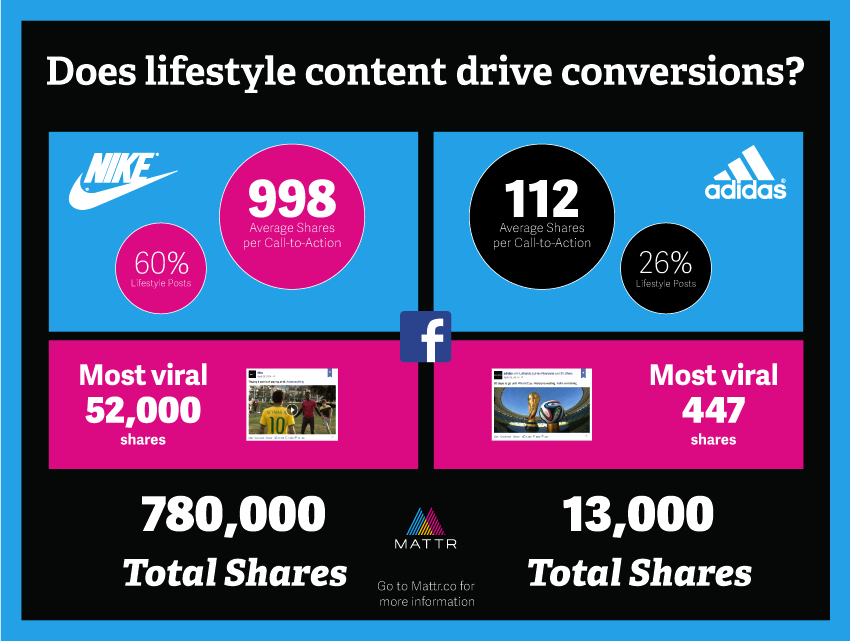(Originally posted in Entrepreneur.com)
Disney knows what its customers love and that’s just what it gives them. The entertainment media giant understands that a well-proportioned content strategy is crucial to effective marketing.
The media company satisfies its audience by posting behind-the-scenes movie footage and crafting engaging blog content that hooks readers. This works because Disney knows how to balance two important kinds of content: traditional and lifestyle content.
A call to action typically asks consumers to visit a store or fill out a contact form. But lifestyle content engages customers with information that adds value without a direct link to buy.
You’d be thrilled to read an email from your best friend, right? Treat customers like friends by developing relationships built on shared values and interests, rather than always asking them to do something for you.
With the right traditional-to-lifestyle content ratio in place, you can expand your company’s reach, increase click-through rates on call-to-action posts and improve your organization’s overall brand’s success.
The Future of Marketing is Here – Custom Content
Did you know that 78 percent of chief marketing officers surveyed a few years back considered custom content the future of marketing? With the lifestyle method of content marketing gaining momentum, you need to incorporate it into your promotion strategy.
For example, Puma has shifted its content focus from functionality of soccer shoes to lifestyle qualities such as self-expression and leisure. Puma lets its audience experience the branded lifestyle.
My company was intrigued by the move toward lifestyle marketing and wanted to identify the proportion of traditional content to lifestyle content. So my organization aggregated a year’s worth of Facebook posts from Adidas and Nike to compare how each used lifestyle content last year.
The findings? Nike used more lifestyle content than Adidas. Sixty percent of Nike’s posts featured lifestyle content and its traditional call-to-action posts received an average of 993 shares a post. In contrast, only 32 percent of Adidas’ posts featured lifestyle content, with its traditional posts receiving an average of 122 shares each.
If you want lifestyle marketing to work for your company, know how your company’s brand aligns with consumers’ values and become an extension of those values. You’ll use fewer calls to action, but the ones you post will connect more effectively with your customers.
Three Tips to Connect With Your Customers:
1. Conduct a professional or DIY branding session.
Figure out the following: What makes your brand special? Answering that question will help you build a content strategy that your customers can relate to.
Conduct a branding session to identify the unique appeal that sets your company apart. Your budget will determine whether you commission a branding project from an agency or dig into the data with your own team.
2. Target customers with a few limited, personality-based topics.
When dating, you work hard to find out and cater to your partner’s likes. Do the same for your customers.
Create a branding persona that captures every detail about your target audience, including a wide range of their interests, such as music preferences and hobbies. Use this data to build a style guide and content strategy that encourages engagement and makes customers fall in love with your company.
3. Channel the campaign through an influential network.
Your company’s brand doesn’t have to be fronted by a celebrity to make a big impact. Networking is a powerful factor in lifestyle branding, so put your energy into building a network of influencers. Just like a circle of friends who share information with one another, these influencers will talk about your brand and share your content within the context of an authentic lifestyle.
According to advertising legend Keith Reinhard, one of the big obstacles to effective marketing is “the obsession with quick results.” If you’re not careful, your focus on numbers will overshadow effective lifestyle marketing. Instead, understand your audience and use that knowledge to strike the perfect balance.

